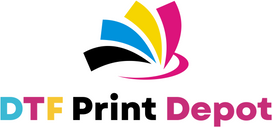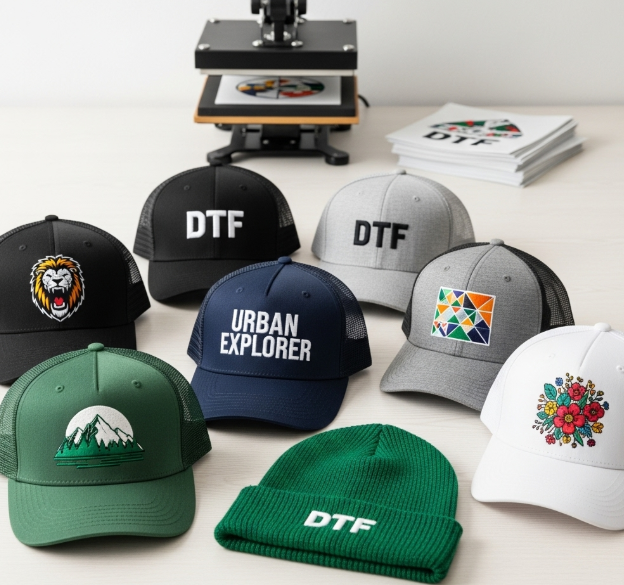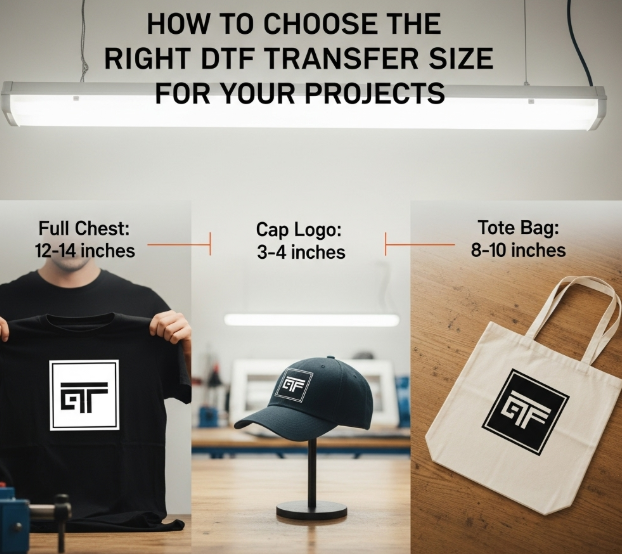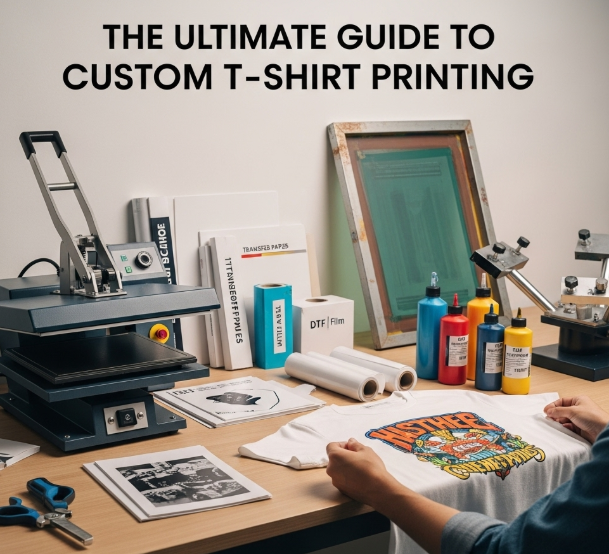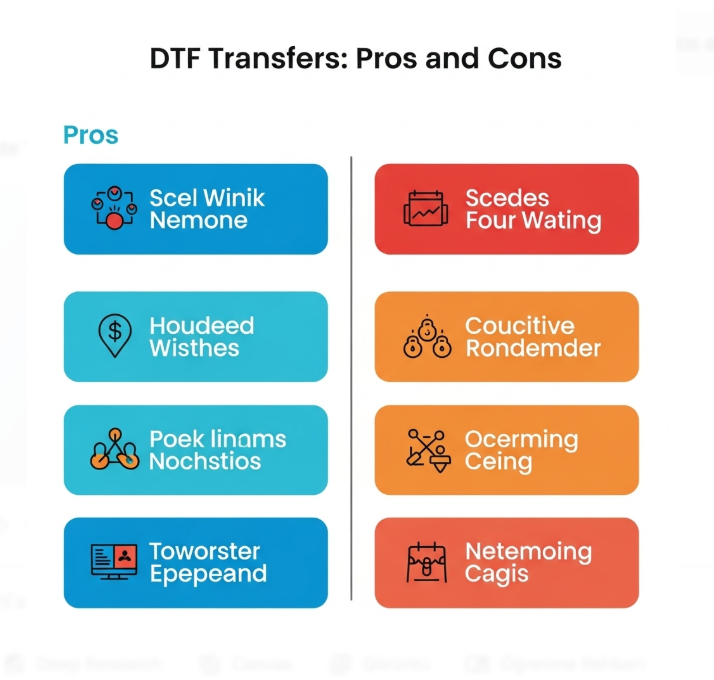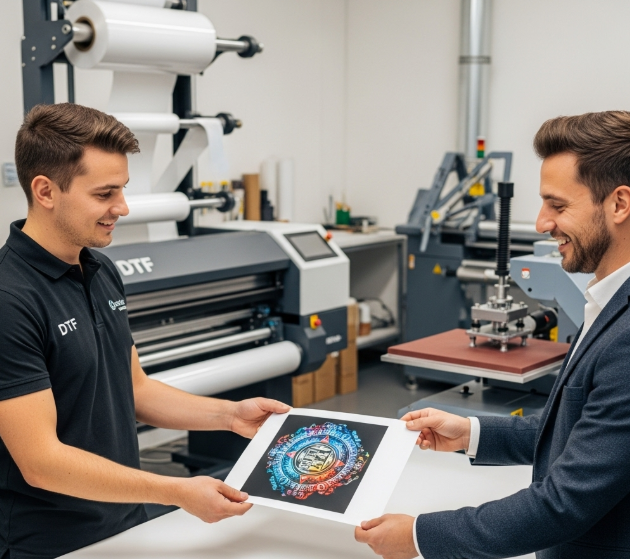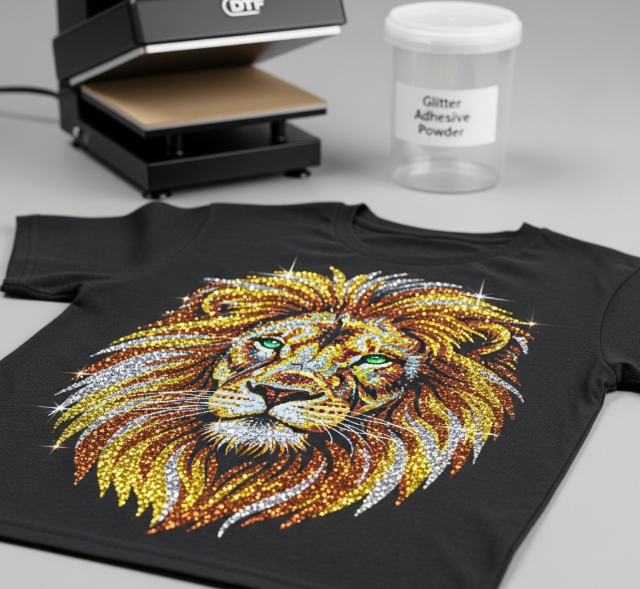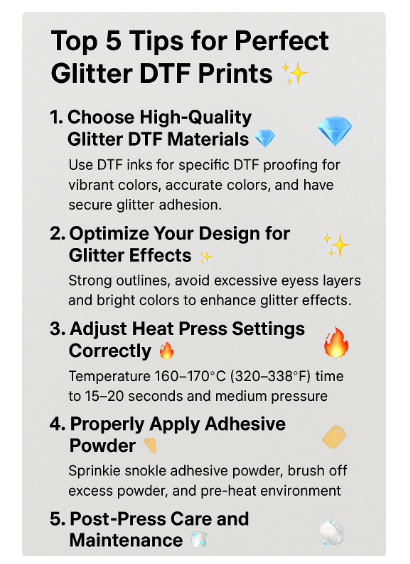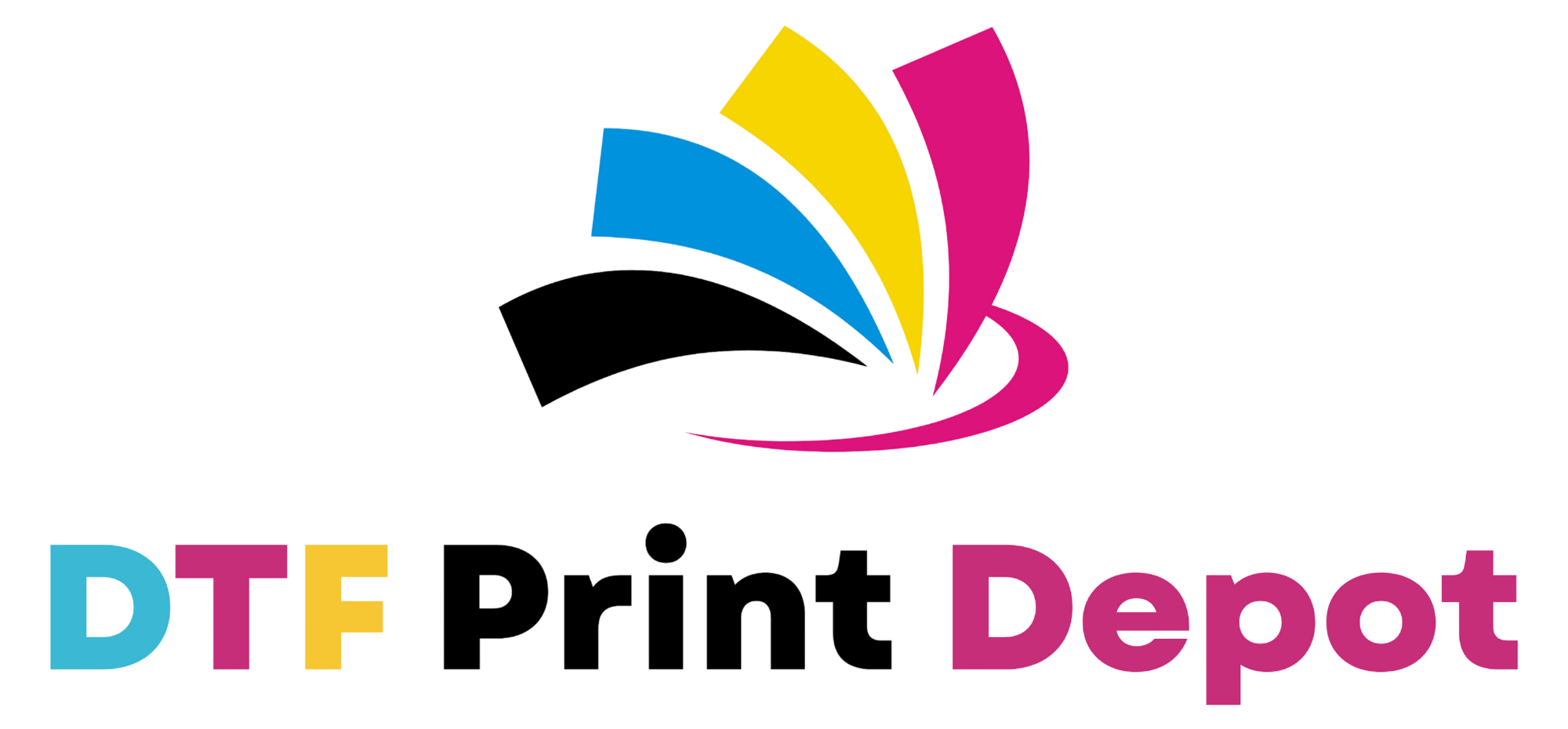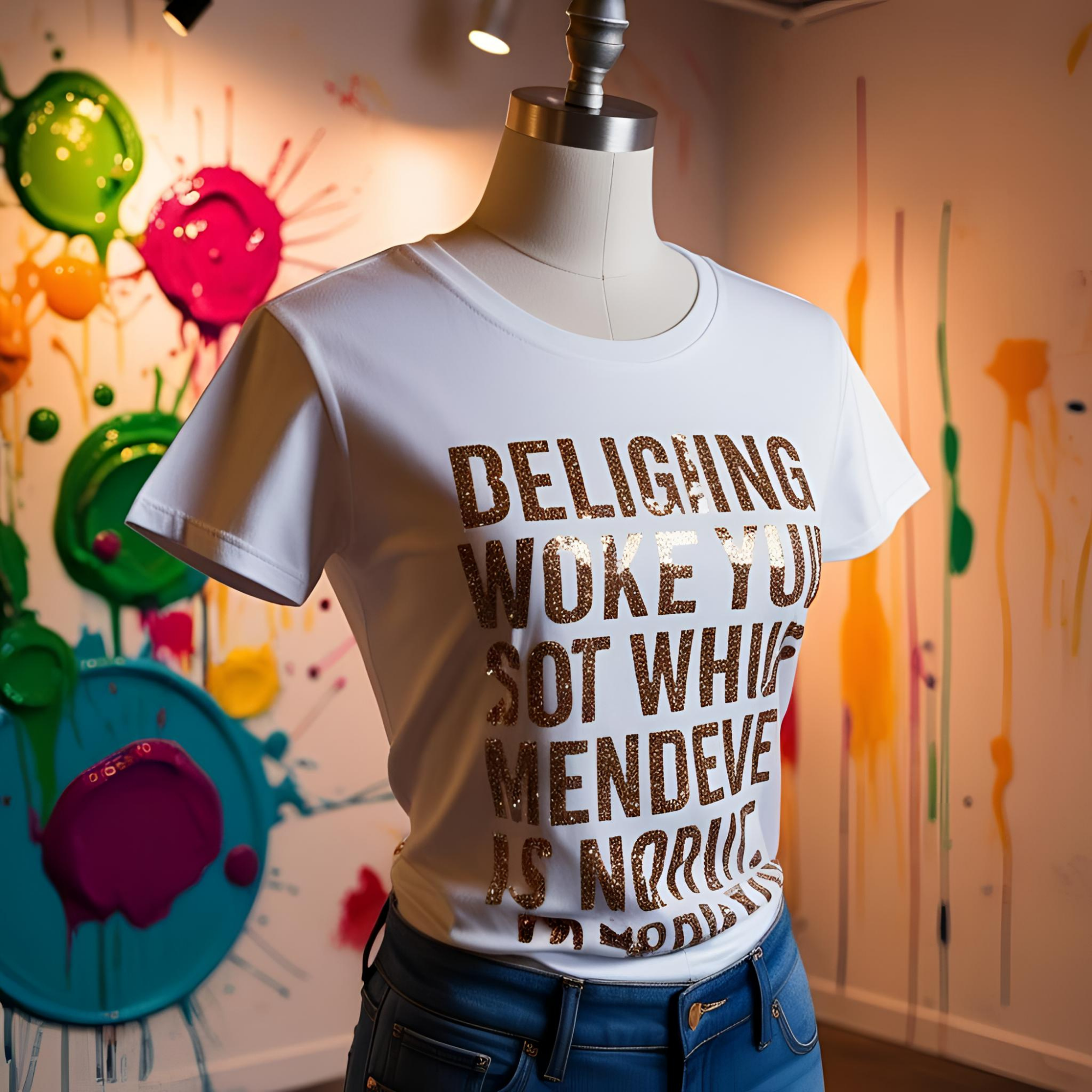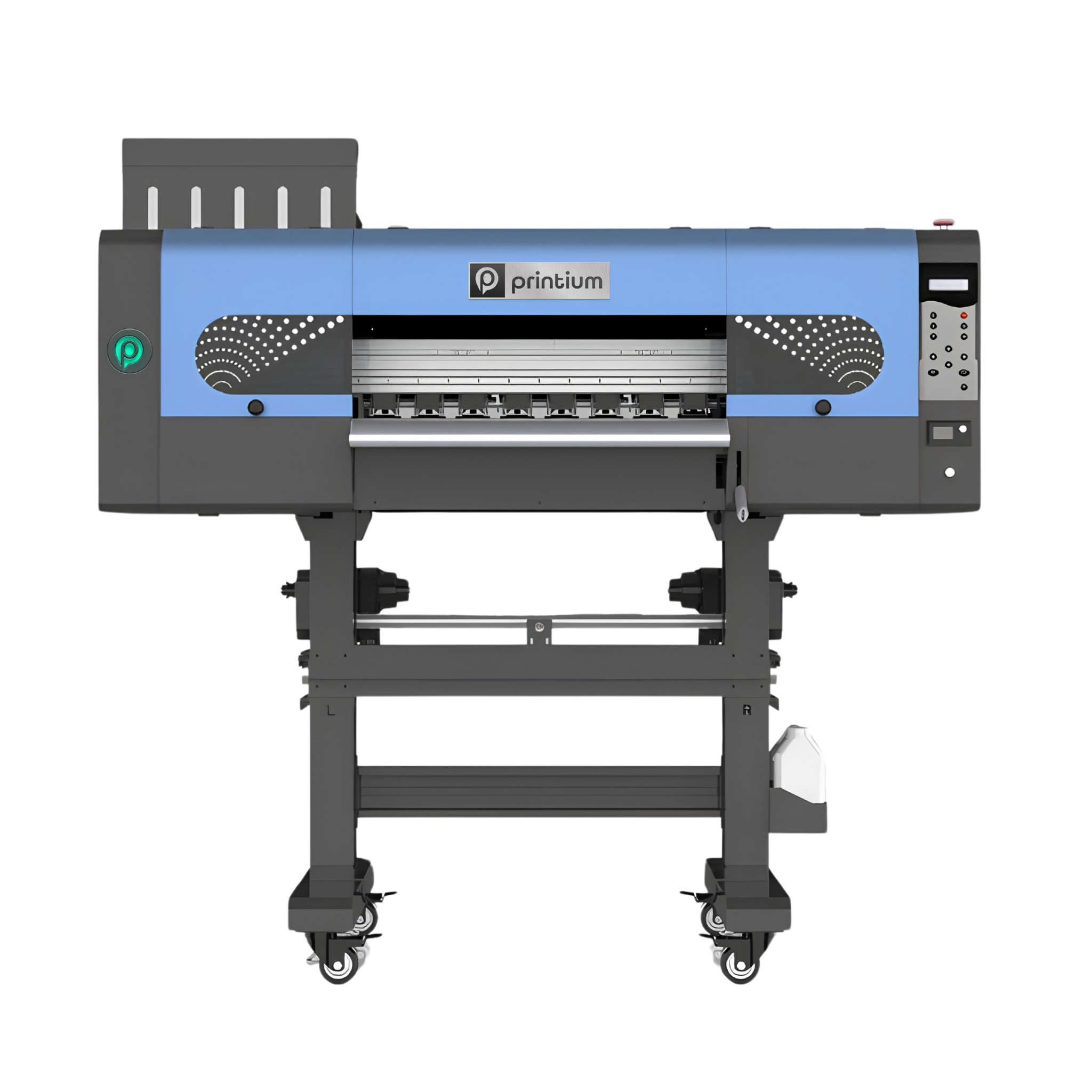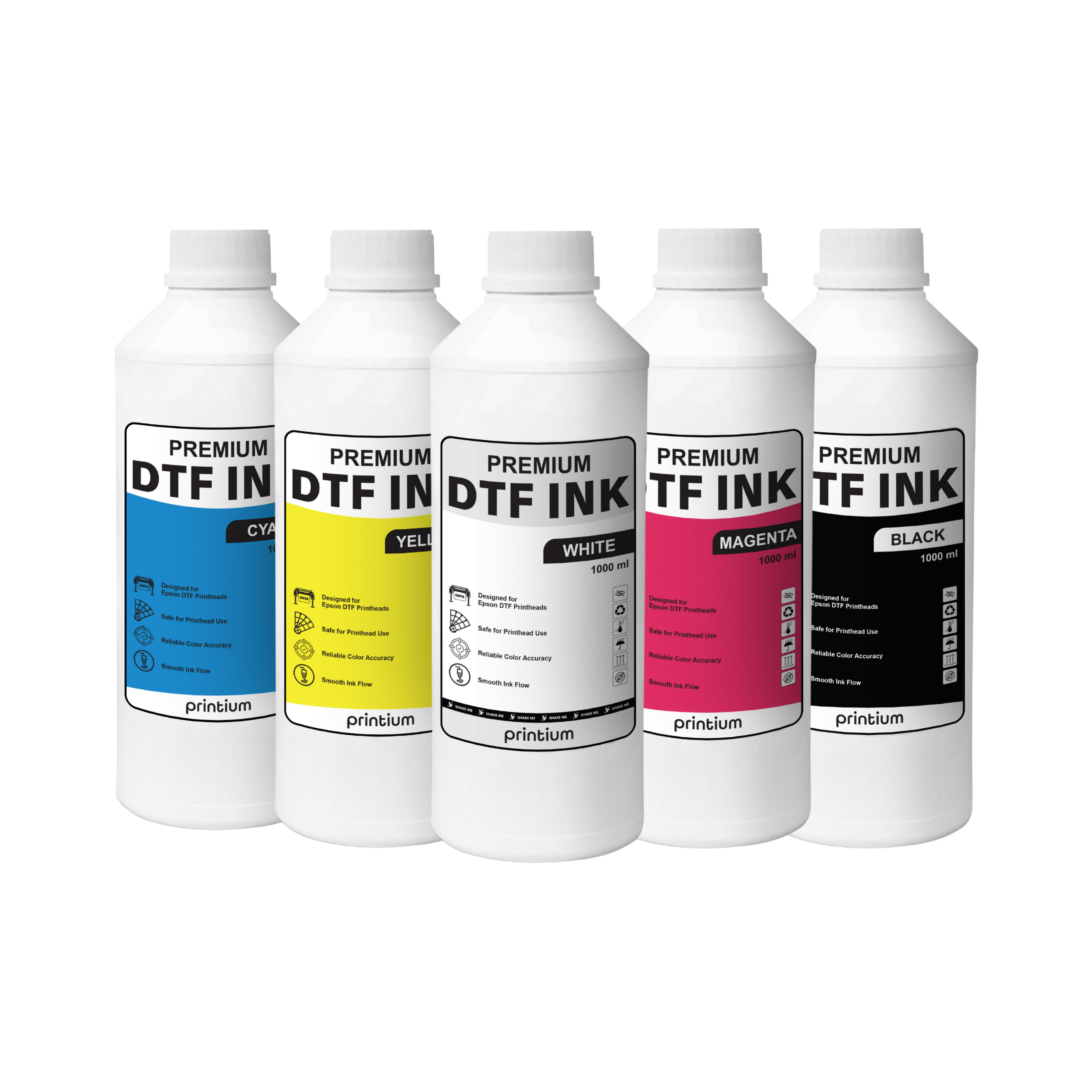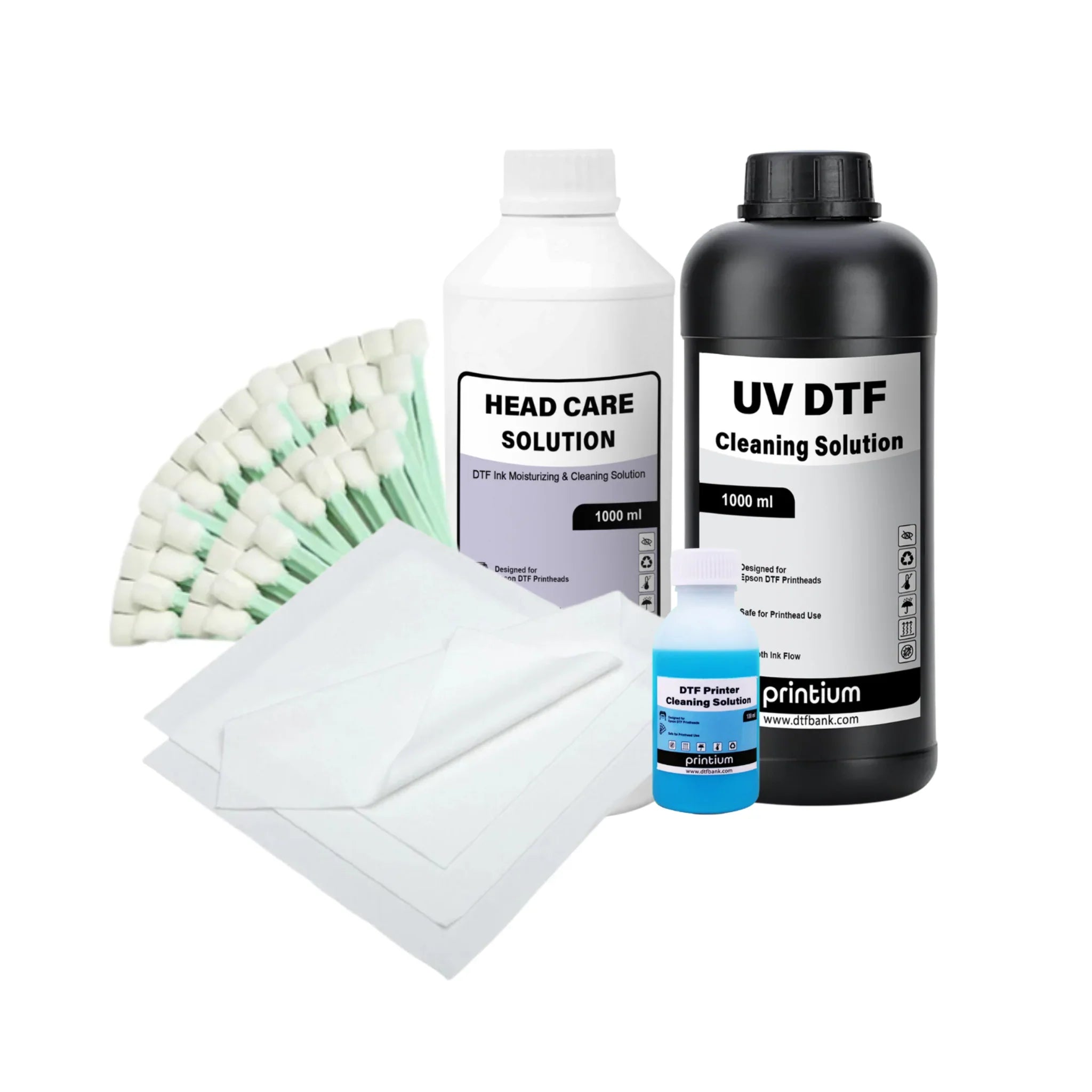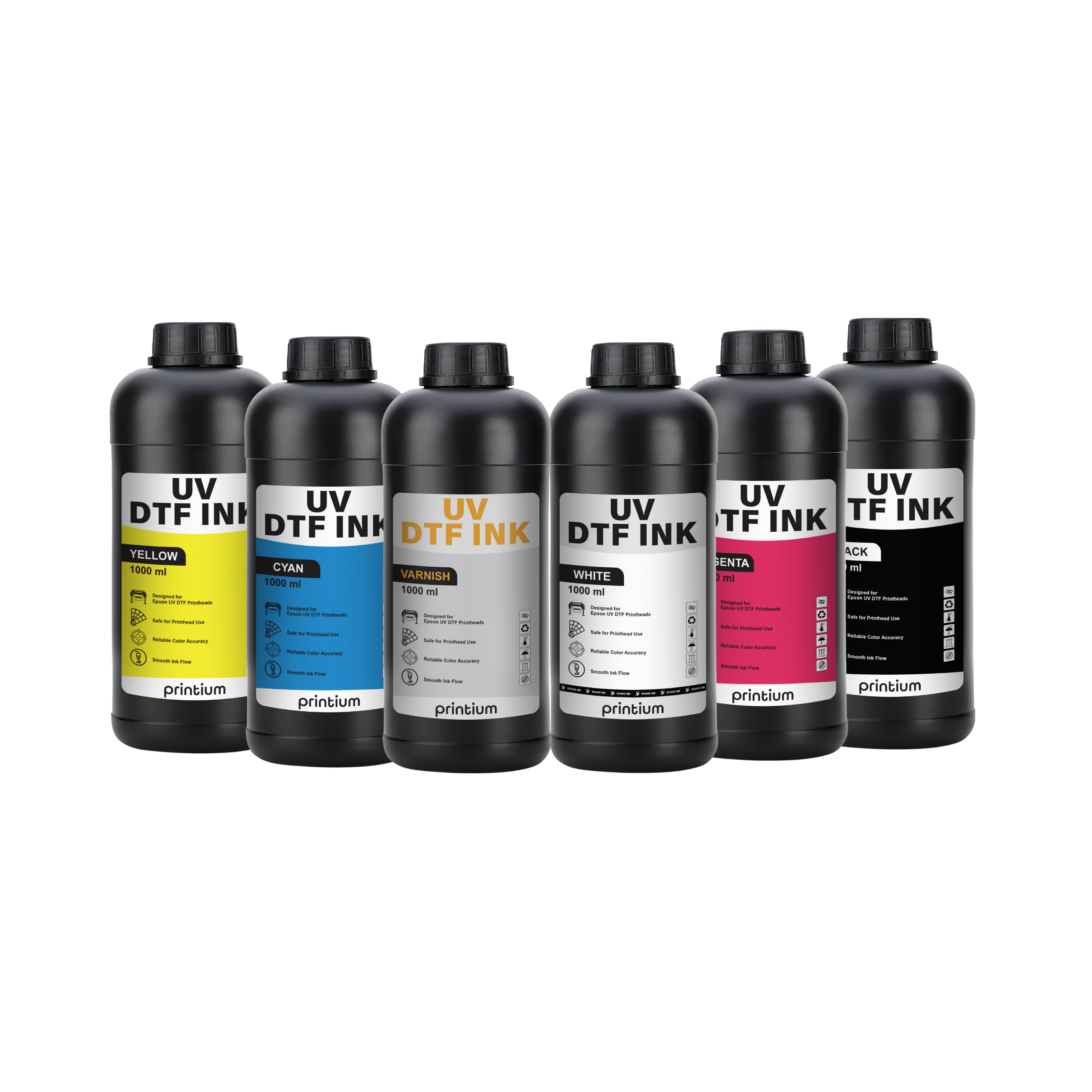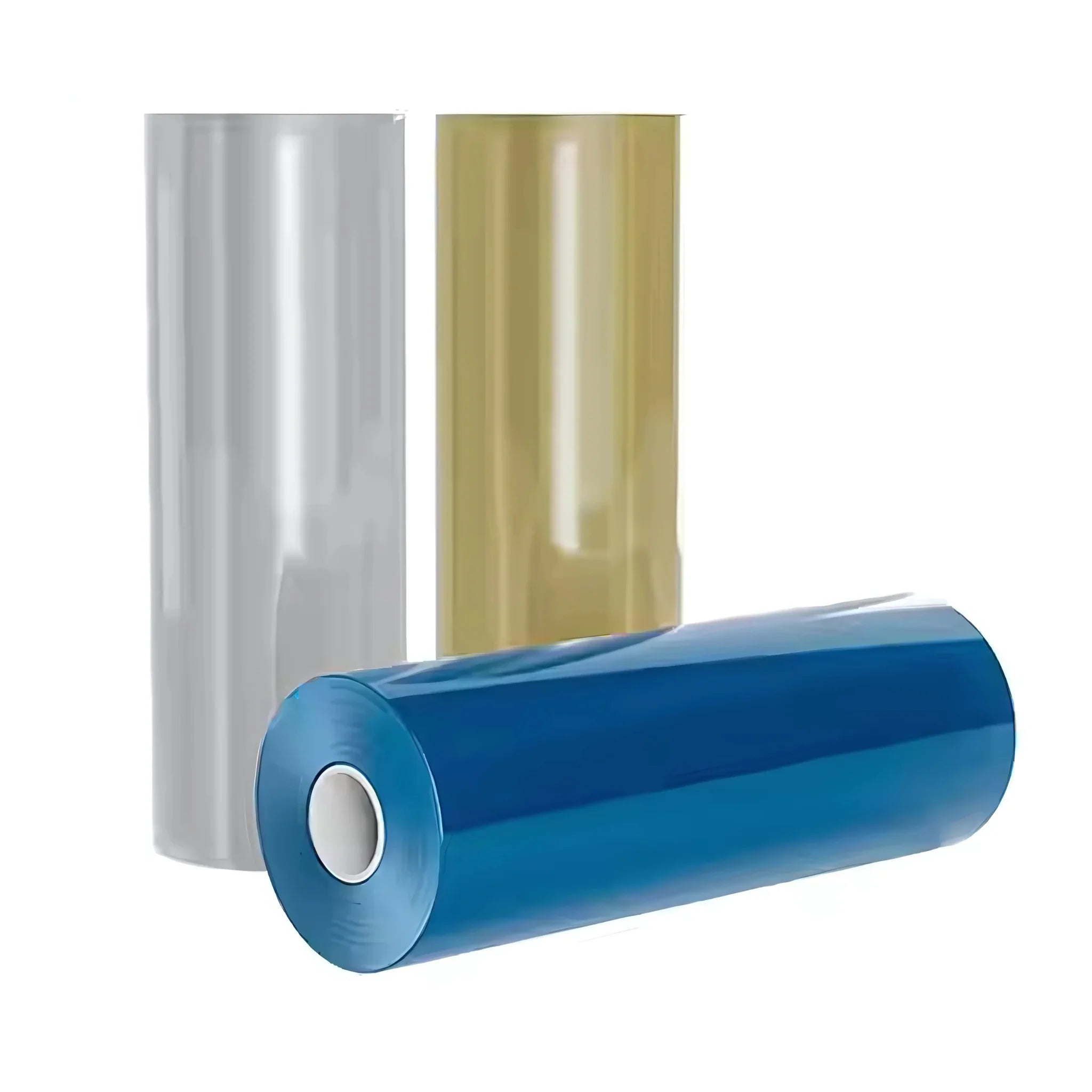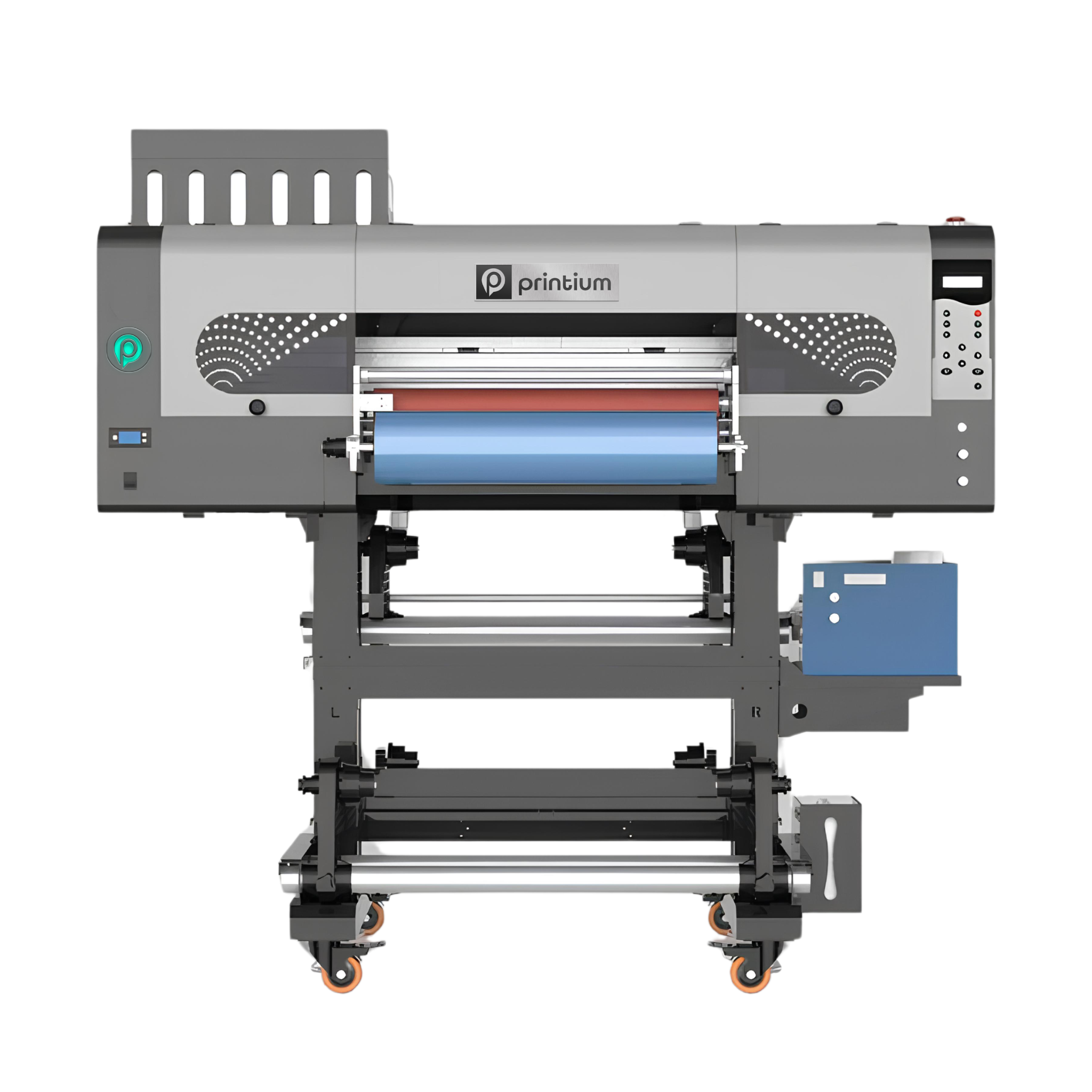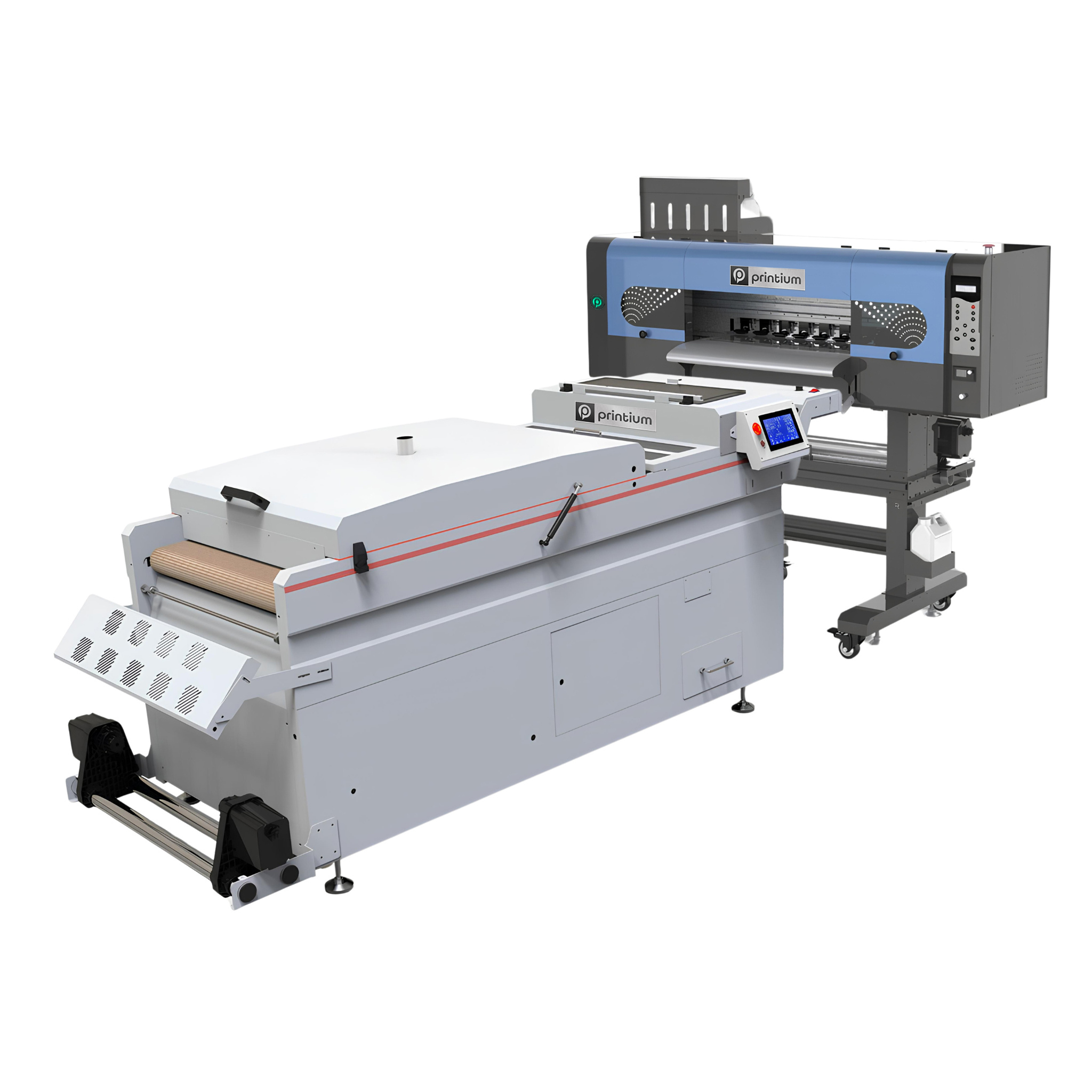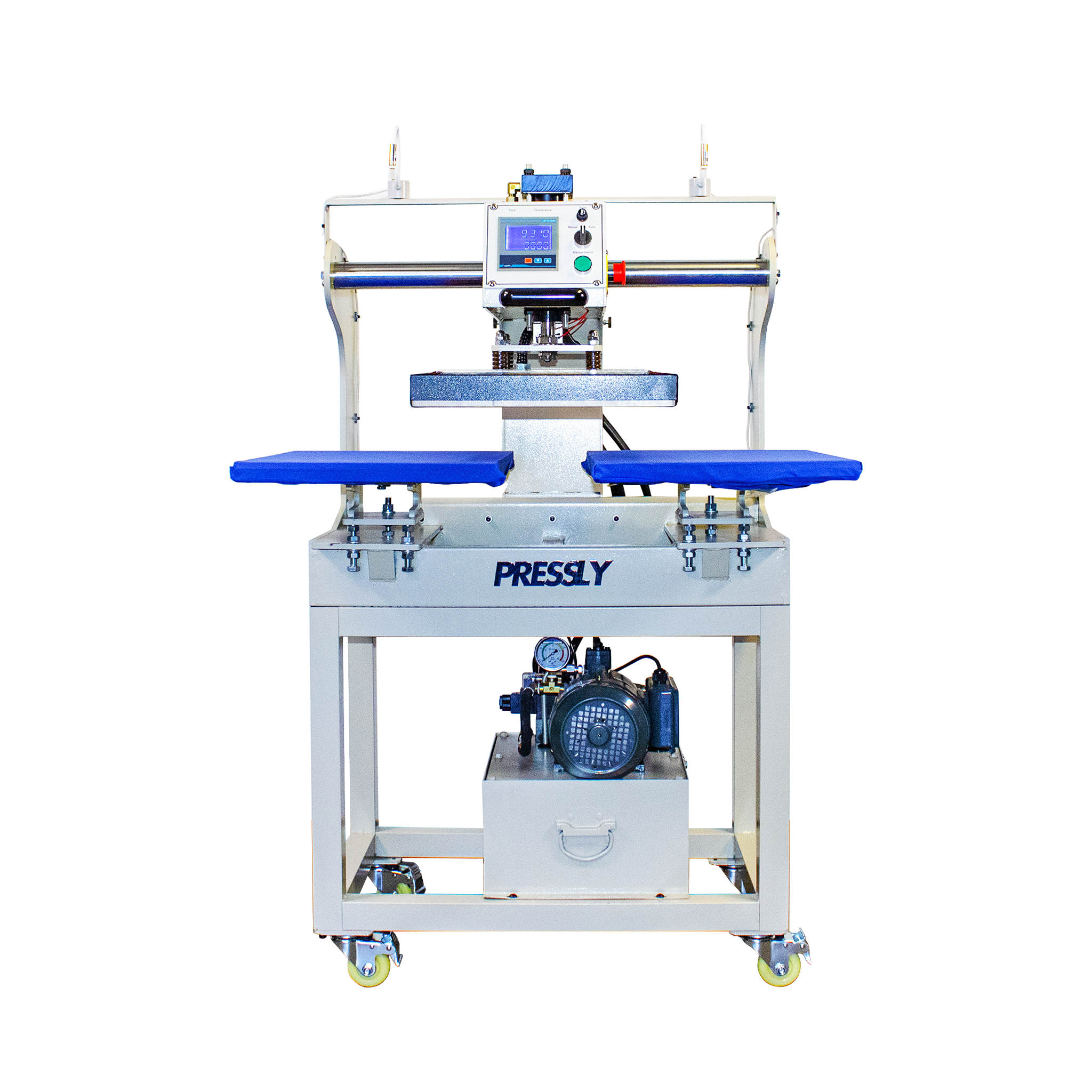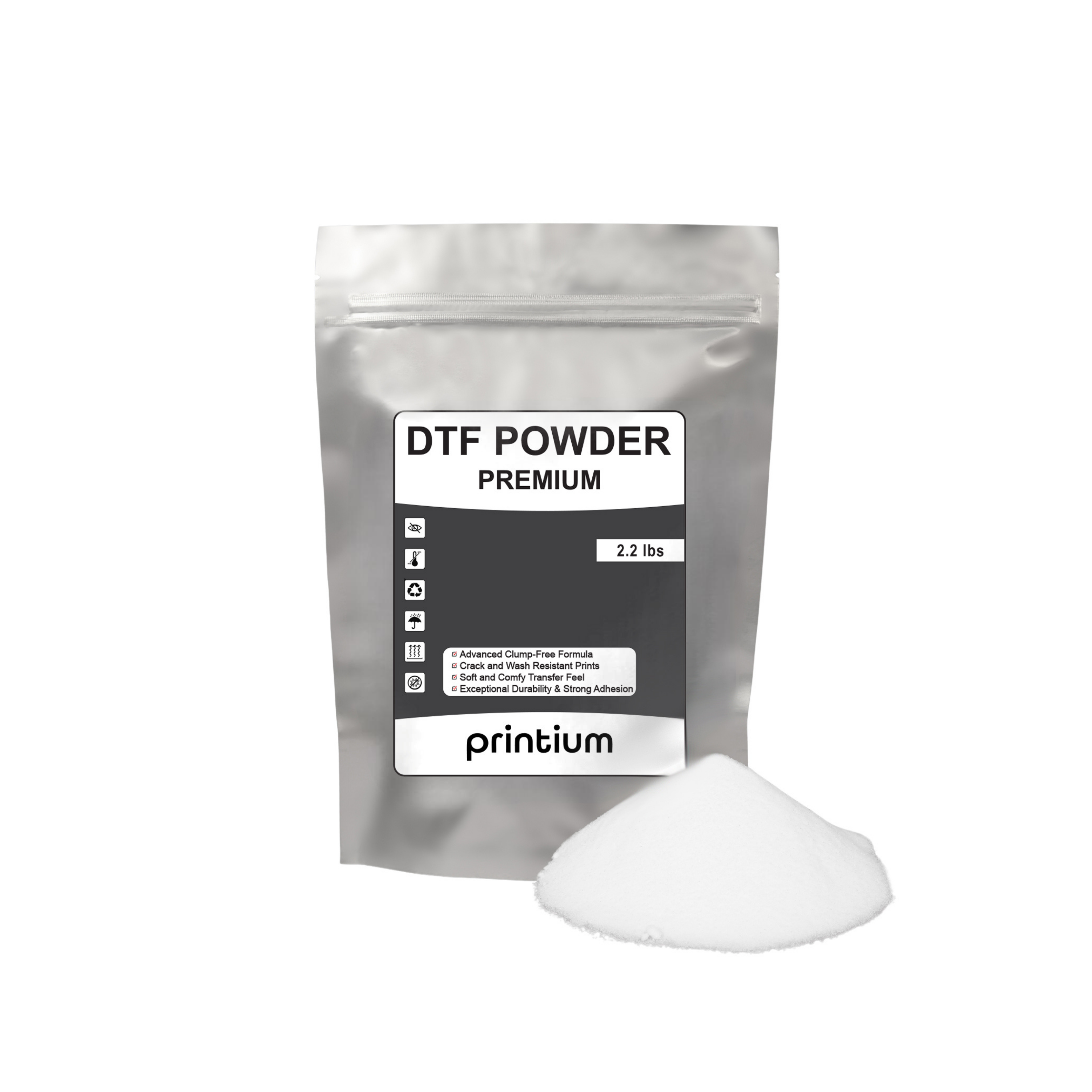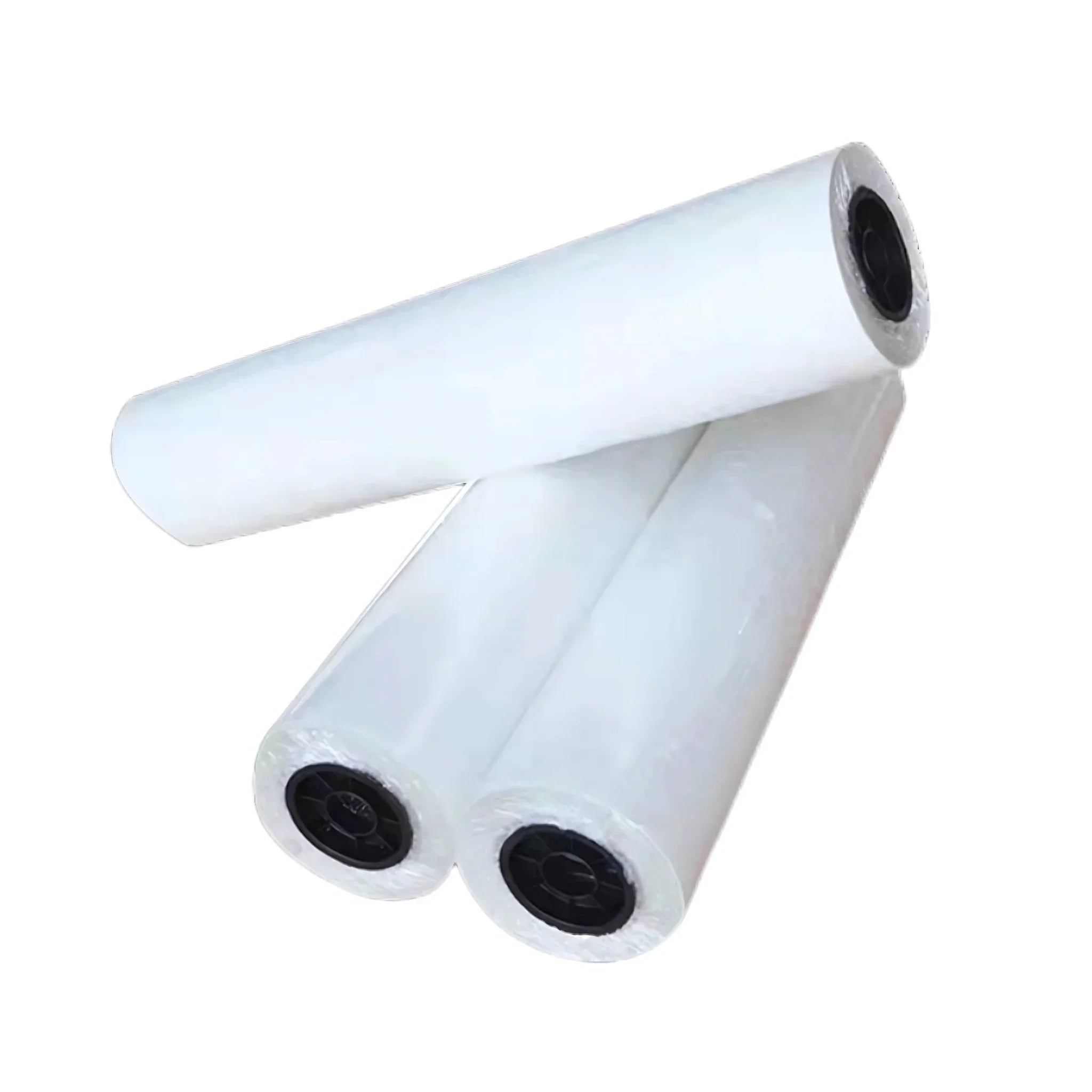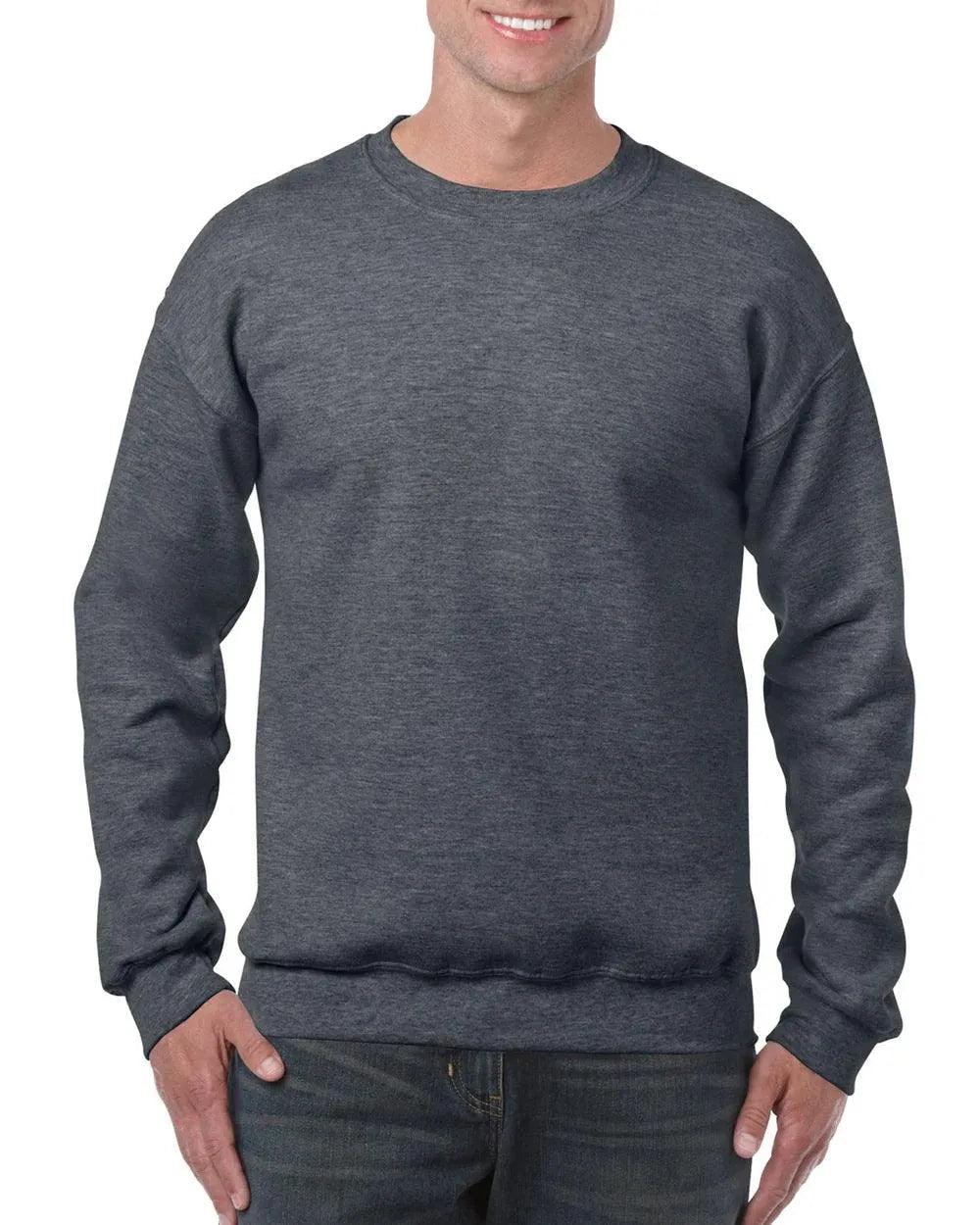
DTF Transfer: The Ultimate Guide to Direct-to-Film Printing
Are you ready to revolutionize your printing process with DTF Transfer? Whether you're a small business owner or a DIY enthusiast, DTF (Direct-to-Film) Transfer printing technology can take your designs to the next level. This versatile and innovative printing method is quickly becoming the go-to choice for high-quality, long-lasting prints on various materials. Let's dive into what makes DTF Transfer a must-have for your printing needs.
What is DTF Transfer?
DTF Transfer, or Direct-to-Film Transfer, is a modern printing method that involves transferring designs onto fabrics using a special film. Unlike traditional printing methods, which print directly onto the fabric, DTF Transfer prints designs onto a film and then transfers them to the fabric using heat and pressure. This method ensures vibrant, durable prints on a wide range of materials, including cotton, polyester, and even blends.
The Basics of DTF Printing Process
-
Printing: The design is first printed on a special film using a DTF printer.
-
Powder Application: After printing, a special adhesive powder is applied to the printed design.
-
Curing: The printed design with adhesive powder is then heated to cure the adhesive.
-
Transfer: The design is transferred to the fabric using a heat press, which melts the adhesive and bonds the design to the fabric.
This simple yet efficient process makes DTF Transfer an ideal choice for both small and large production runs.
Why Choose Direct-to-Film Transfer?
Direct-to-Film Transfer offers several advantages over traditional printing methods. Here’s why this technique is gaining popularity among printers, businesses, and crafters alike.
Key Features of Direct-to-Film Transfer:
-
High-Quality Prints: Achieve vibrant, full-color designs with exceptional detail.
-
Versatility: Can be used on a wide range of materials, including cotton, polyester, blends, and even non-fabric items.
-
Durability: The prints are long-lasting, resistant to washing, and won't fade or crack.
-
Cost-Effective: It’s more affordable than other printing techniques like screen printing or sublimation, especially for small batches.
-
No Need for Pre-Treating Fabrics: Unlike some methods, you don’t need to pre-treat fabrics for DTF printing.
Application Options:
-
T-Shirts: Create custom, high-quality prints on various fabrics.
-
Hats and Bags: Ideal for adding logos, graphics, or text to accessories.
-
Home Decor: Print on pillowcases, bed sheets, and more.
-
Personalized Gifts: Customize items for special occasions, including birthdays, anniversaries, and holidays.
Benefits of Using Direct-to-Film Transfer
Direct-to-Film Transfer printing technology offers a multitude of benefits. Here's a closer look at the practical advantages:
-
Speed and Efficiency: The process is faster than traditional methods, making it ideal for high-demand jobs.
-
Customization: You can print full-color designs with intricate details, perfect for personalized products.
-
No Minimum Order: You can print just one item or large quantities without increasing costs.
-
Environmentally Friendly: DTF printing uses less water and energy than many other methods, making it a greener choice.
Use Case Example:
Imagine you own a clothing boutique and want to create a limited edition collection for an upcoming event. With DTF Transfer, you can quickly print high-quality designs on your apparel in small batches, offering customers unique, personalized items. The results will be durable, professional, and ready to impress.
How to Apply Direct-to-Film Transfers?
The application of Direct-to-Film transfers is simple and efficient. Here's a step-by-step guide to applying DTF transfers to your items:
-
Preheat the Heat Press: Set your heat press machine to the recommended temperature (usually around 160°C - 170°C).
-
Position the Transfer: Place the printed Direct-to-Film transfer film onto the fabric, ensuring it’s aligned properly.
-
Apply Heat and Pressure: Close the heat press and apply firm pressure for around 10-15 seconds.
-
Peel and Finish: Once the transfer has cooled down slightly, peel away the film, and your design is ready!
Customer Reviews & Social Proof
"I recently switched to Direct-to-Film Transfer for my custom t-shirt business, and the results have been incredible! The prints are vibrant, and customers love how long-lasting they are." – Sarah T., Small Business Owner.
"We’ve been using Direct-to-Film Transfer for our promotional items, and it’s been a game-changer. Quick turnaround and top-notch quality every time." – James R., Marketing Director.
What is DTF Transfer?
DTF Transfer, or Direct-to-Film Transfer, is a modern printing method used to transfer high-quality, full-color designs onto various types of fabric or materials. The DTF process begins by printing your design on a special transfer film using a DTF printer. Once printed, a layer of adhesive powder is applied to the design and cured, creating a surface that allows it to bond firmly to fabric when heat is applied. A heat press is then used to transfer the printed design from the film onto the fabric or other materials. This printing method is quickly gaining popularity due to its versatility, affordability, and the high quality of prints it produces.
How Does Direct-to-Film Transfer Work?
The Direct-to-Film Transfer process involves several key steps that ensure vibrant and durable prints:
-
Printing the Design: The design is first printed onto a special film using a DTF printer. The printer uses high-quality CMYK (Cyan, Magenta, Yellow, Black) inks to produce the design in full color, making it ideal for complex, multicolored images.
-
Adhesive Powder Application: After the design is printed, a heat-activated adhesive powder is sprinkled on top of the inked film. The adhesive sticks to the wet ink and is then cured in a drying unit or heat press.
-
Curing the Adhesive: The printed film with adhesive powder is then heated to ensure the powder sticks to the ink. This step is essential for ensuring that the design will transfer well onto fabric during the next step.
-
Transferring to Fabric: The final step involves placing the printed film onto the fabric and applying heat and pressure using a heat press machine. The heat activates the adhesive, allowing the design to bond firmly with the fabric. After a few seconds of pressing, the film is removed, leaving behind a vibrant and permanent print.
This process works on a variety of materials, such as cotton, polyester, and blends, making it a versatile option for many types of custom printing.
Why Should I Choose Direct-to-Film Transfer Over Other Printing Methods?
Direct-to-Film Transfer offers several distinct advantages that make it an appealing option compared to traditional printing methods such as screen printing, sublimation, or heat transfer vinyl (HTV). Here are some key reasons why you might want to consider Direct-to-Film Transfer for your custom printing needs:
-
Vibrancy and Detail: Direct-to-Film Transfer allows for high-quality, vibrant, and detailed designs, even for complex artwork or photographs. Unlike screen printing, which requires a separate screen for each color, DTF printing produces precise details without the need for multiple setup steps.
-
Versatility: Direct-to-Film Transfer is not limited to just cotton t-shirts or fabrics. You can print on a wide range of materials, including polyester, blends, canvas, and even non-fabric items like wood, glass, or ceramics. This opens up a variety of customization possibilities for various products.
-
Durability: The prints created through Direct-to-Film Transfer are long-lasting and resistant to fading, cracking, or peeling, even after multiple washes. This makes it an excellent option for items that will undergo regular wear and tear, such as t-shirts and accessories.
-
No Minimum Order: Unlike screen printing, which requires a certain minimum quantity to make the setup worthwhile, Direct-to-Film Transfer is cost-effective for both small and large batches. Whether you're printing one shirt or 1000, you won’t face any significant price increases based on quantity.
-
No Need for Fabric Pre-Treatment: With methods like sublimation or some types of heat transfer, fabrics need to be pre-treated before printing. However, with Direct-to-Film Transfer, you don't need to pre-treat fabrics, saving you time and effort.
Can I Print Custom Designs on Any Material Using Direct-to-Film Transfer?
Yes! One of the main advantages of Direct-to-Film Transfer is its versatility. This method can be used to print designs on a variety of materials beyond just cotton. Here are a few examples of materials that are perfect for DTF Transfer:
-
Cotton: Direct-to-Film Transfer works exceptionally well on cotton fabrics, creating soft yet durable prints that will last.
-
Polyester and Blends: Polyester fabrics and blends are ideal for DTF printing. The design will adhere well to these materials, and you won’t have to worry about fading or peeling over time.
-
Non-Fabric Items: You can also use DTF Transfer for other products, such as bags, shoes, caps, mugs, and even ceramics. This makes it an excellent choice for creating custom promotional items or personalized gifts.
-
Other Textiles: If you are working with more delicate fabrics, such as silk or satin, Direct-to-Film Transfer can still be used, though you may need to adjust the temperature or pressure settings on the heat press to avoid damaging the fabric.
This wide range of material compatibility is one of the reasons DTF Transfer has become so popular for custom products, particularly in the fashion and promotional industries.
